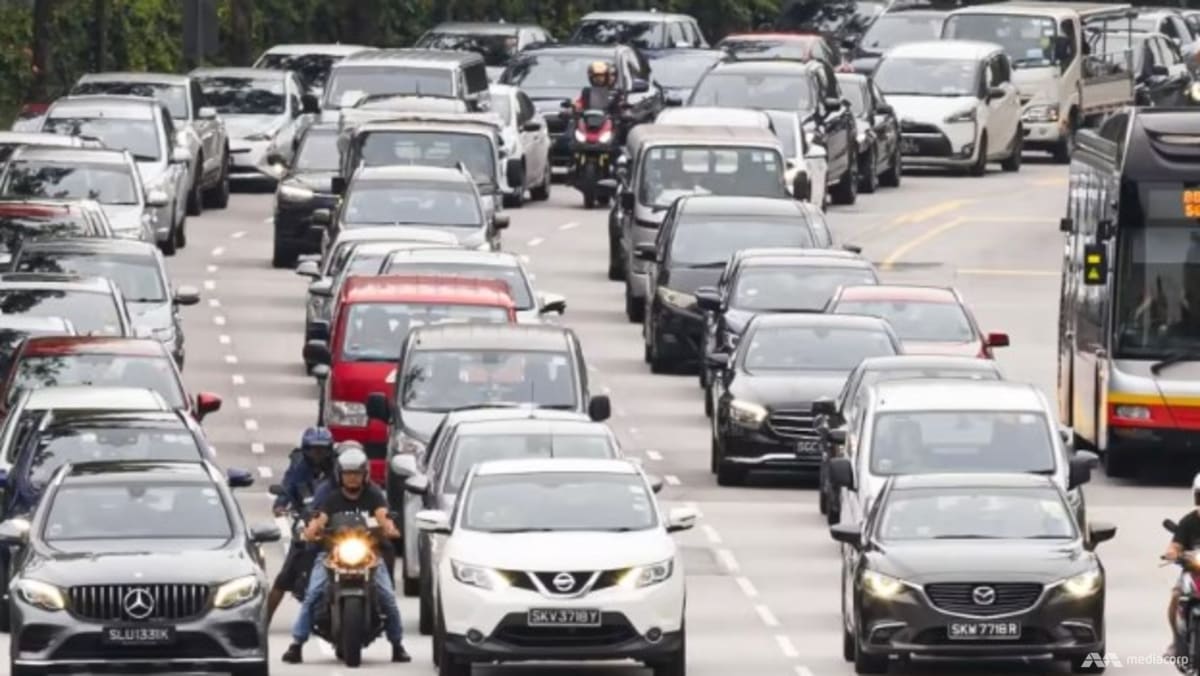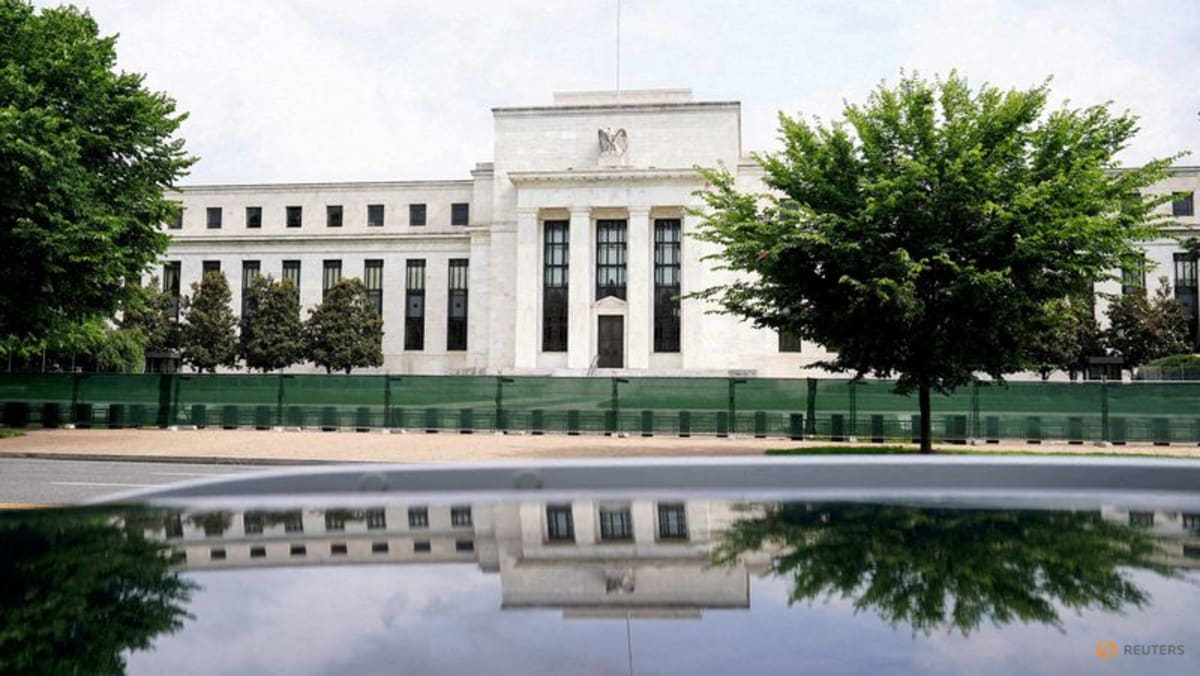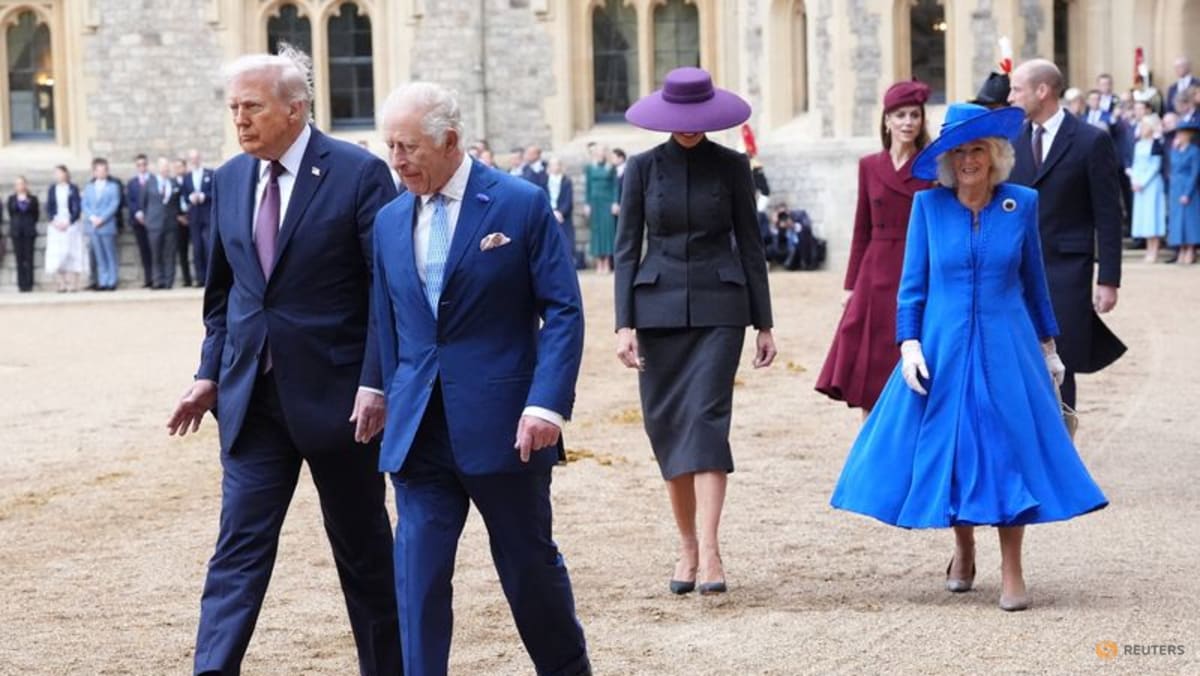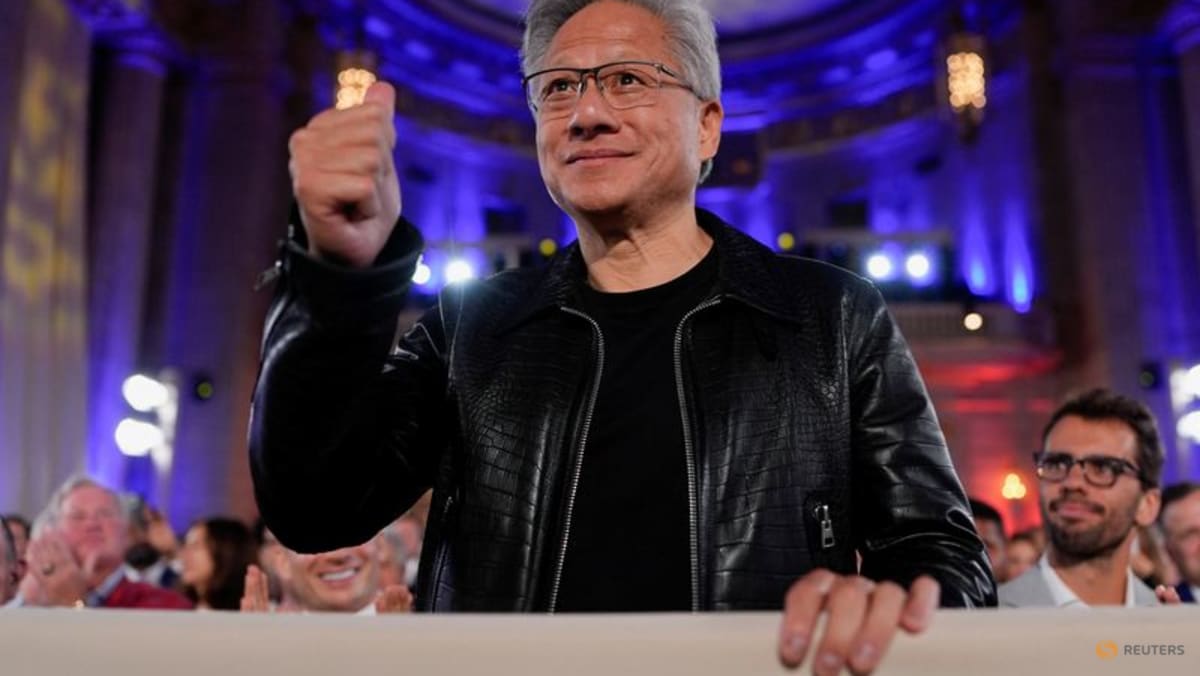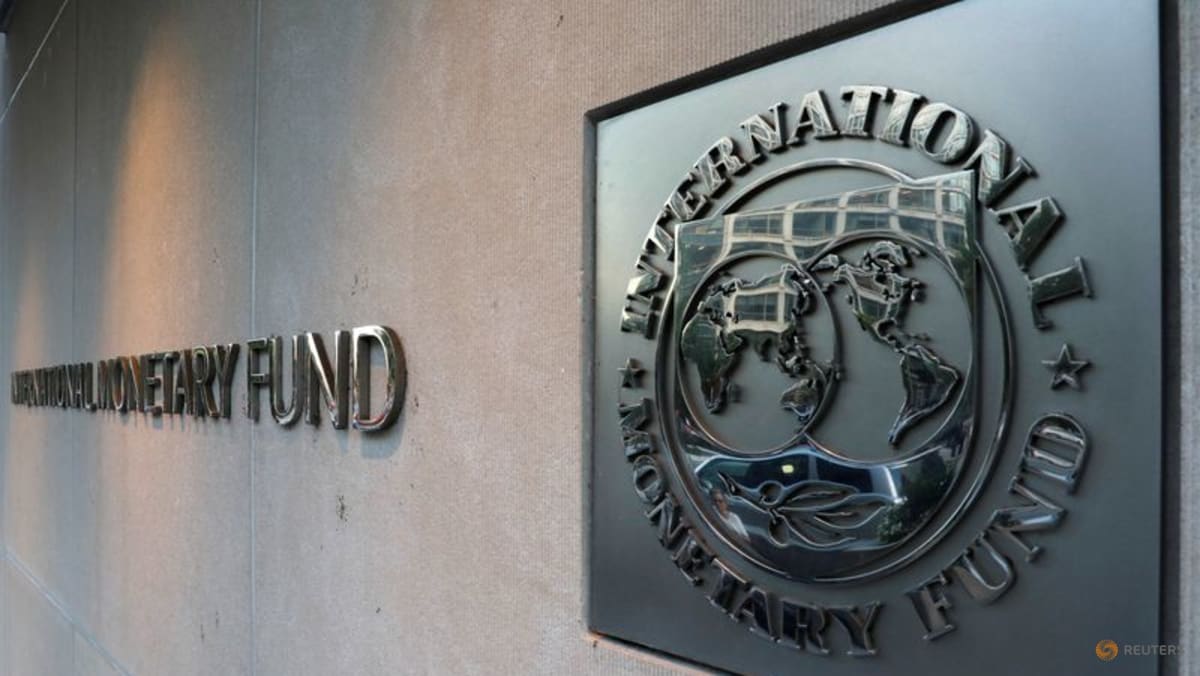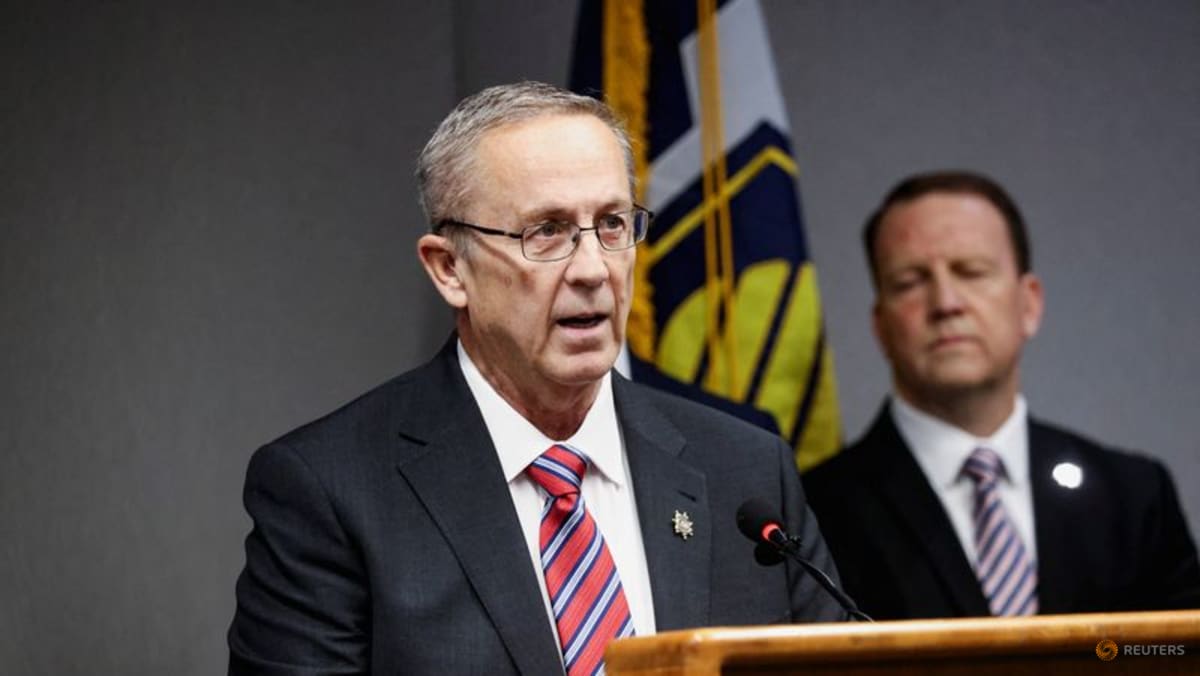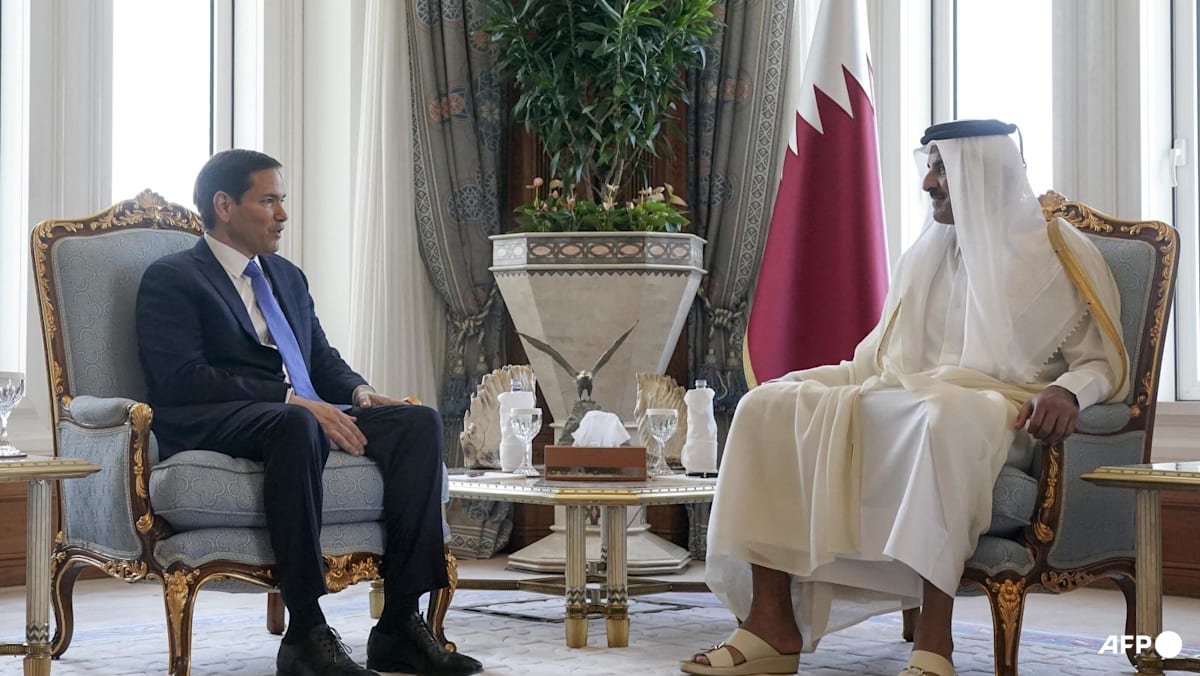WASHINGTON: The US economy returned to growth in the second quarter, government data showed on Wednesday (Jul 30), but analysts flagged distortions from swings in trade flows over President Donald Trump’s tariffs.
The world’s biggest economy expanded by an annual rate of 3.0 per cent in the April to June period, beating economists’ expectations and reversing a 0.5 per cent decline in the first three months of the year, said the Department of Commerce.
This swiftly prompted Trump to ramp up pressure for an interest rate cut, saying on social media that Federal Reserve Chair Jerome Powell “must now lower the rate”.
Trump’s comments come hours before the Fed announces its latest interest rate decision.
A consensus forecast by Briefing.com had expected a 2.5 per cent GDP growth rate.
Second quarter growth “was bolstered by a sharp reversal in trade flows skewed by the tariffs”, said Nationwide chief economist Kathy Bostjancic.
An underlying GDP measure slowed to “slowed to a sluggish 1.2 per cent from 1.9 per cent in the first quarter”, painting a more accurate picture of economic activity, she added.
Real consumer and business spending advanced only moderately, after households brought forward purchases, she said. Businesses meanwhile held off spending on heightened policy uncertainty.
At the start of the year, companies rushed to stock up on products to avoid the worst of Trump’s threatened tariff hikes – but the build-up has been unwinding.
“The increase in real GDP in the second quarter primarily reflected a decrease in imports, which are a subtraction in the calculation of GDP,” said the Commerce Department.
The uptick also reflected an increase in consumer spending, the report said.
The imports surge in the first quarter led to the largest drag on GDP growth from net exports on record, analysts at Goldman Sachs noted recently.
Analysts anticipated a bounce back as imports cooled but said this might not be sustainable.
Economists have also warned that Trump’s tariff hikes could cause an inflation uptick, which in turn stands to erode households’ spending power and influence consumption patterns.
Since returning to the presidency, Trump has rolled out wave after wave of fresh duties.
These included a 10 per cent levy on almost all US partners, higher duties on steel, aluminium and auto imports, alongside separate actions against Canada and Mexico, blaming them for illegal immigration and illicit fentanyl flows.
Washington separately took aim at the world’s number two economy, China, as Beijing pushed back on US tariffs.
Both countries ended up imposing tit-for-tat duties on each other’s products, reaching triple-digit levels and snarling trade flows before they agreed to temporarily lower levies.
After talks in the Swedish capital of Stockholm this week, negotiators signalled there could be an extension of the truce – although the final call depends on Trump.
SHIFTING TO LOWER GEAR
“Beneath the topline figure, the economy is switching to a lower gear but not going in reverse,” said Oxford Economics’ lead US economist Bernard Yaros.
The economy’s resilience will allow the Fed to “hold still and assess the unfolding tariff impact on consumer prices before pivoting to interest rates cuts in December,” he added.
For now, he said that “consumers are slowing their spending but not heading for the bunkers outright.”
Analysts are monitoring the impact of Trump’s tariffs on inflation, with economists expecting to learn more from data in the summer months.
All eyes are also on official employment data due Friday, after figures from payroll firm ADP showed Wednesday that private sector hiring beat expectations, increasing by 104,000 jobs in July and indicating a healthy economy.
“The consumer is hanging in there, but still on edge until the trade deals are done,” said Heather Long, chief economist at the Navy Federal Credit Union.
“Meanwhile, business investment tanked in the second quarter. Companies do not want to invest in equipment, buildings or hiring with this much uncertainty,” she added.
“There’s no recession in sight, but certainty is needed to get the economy fully back on track,” she said.
